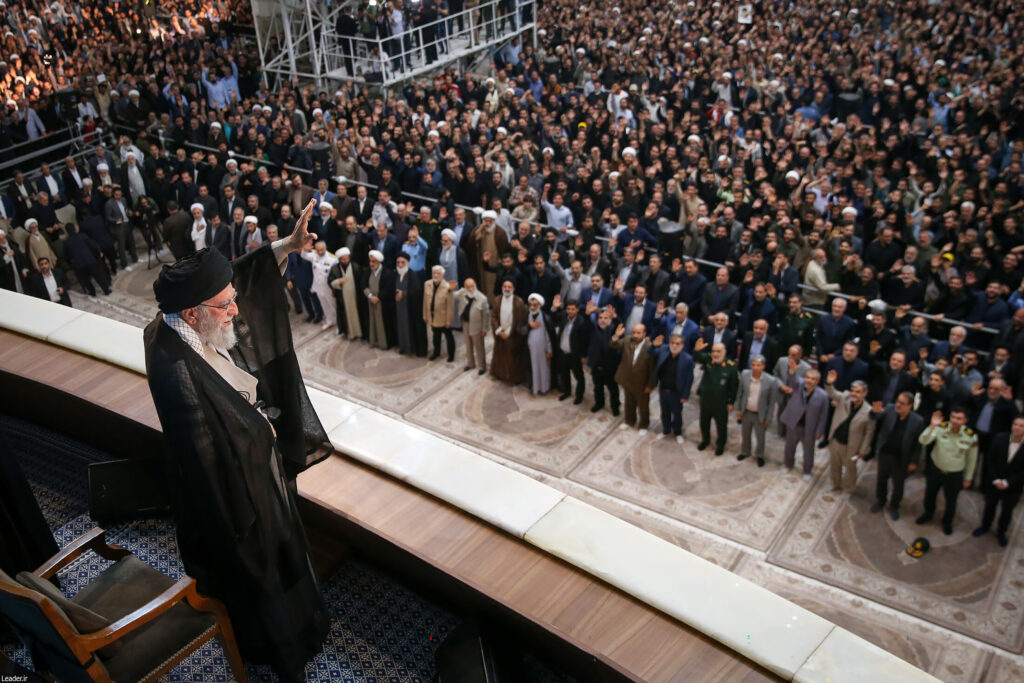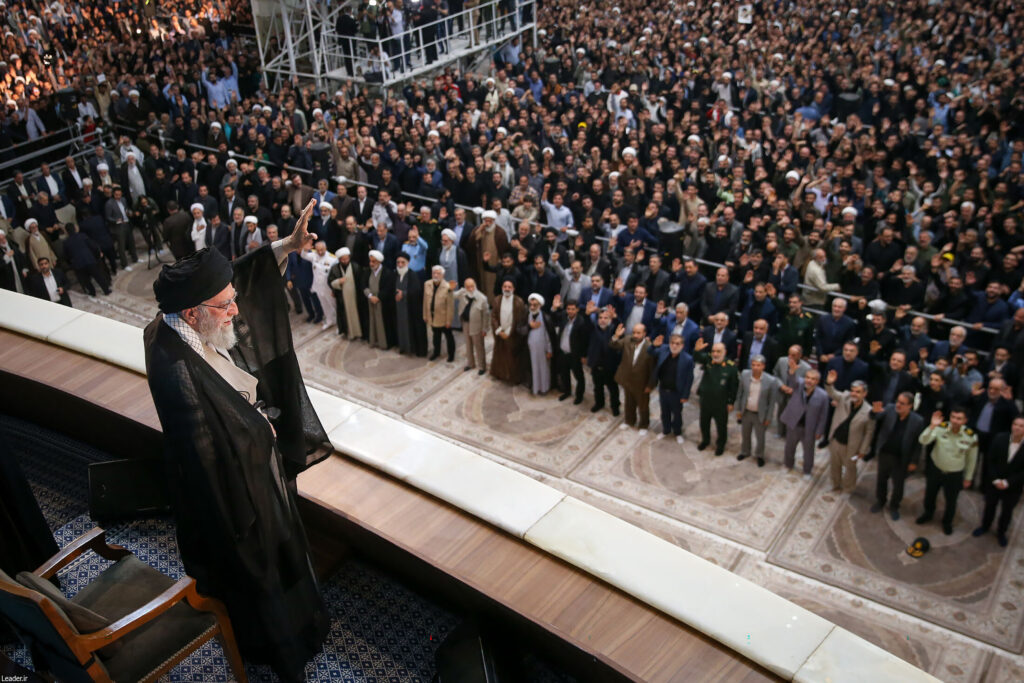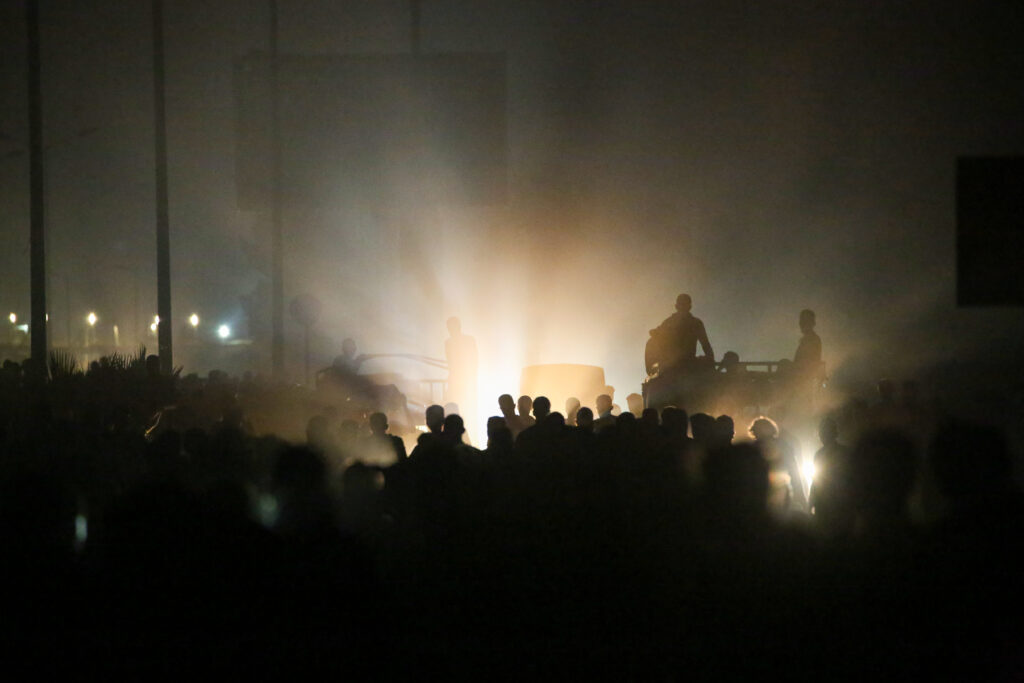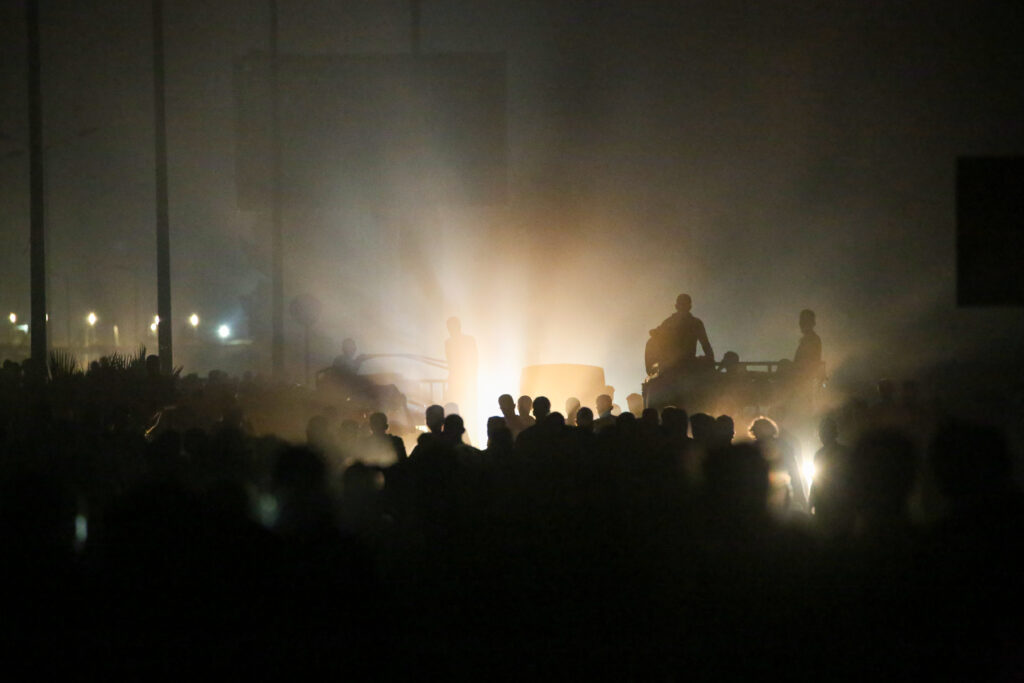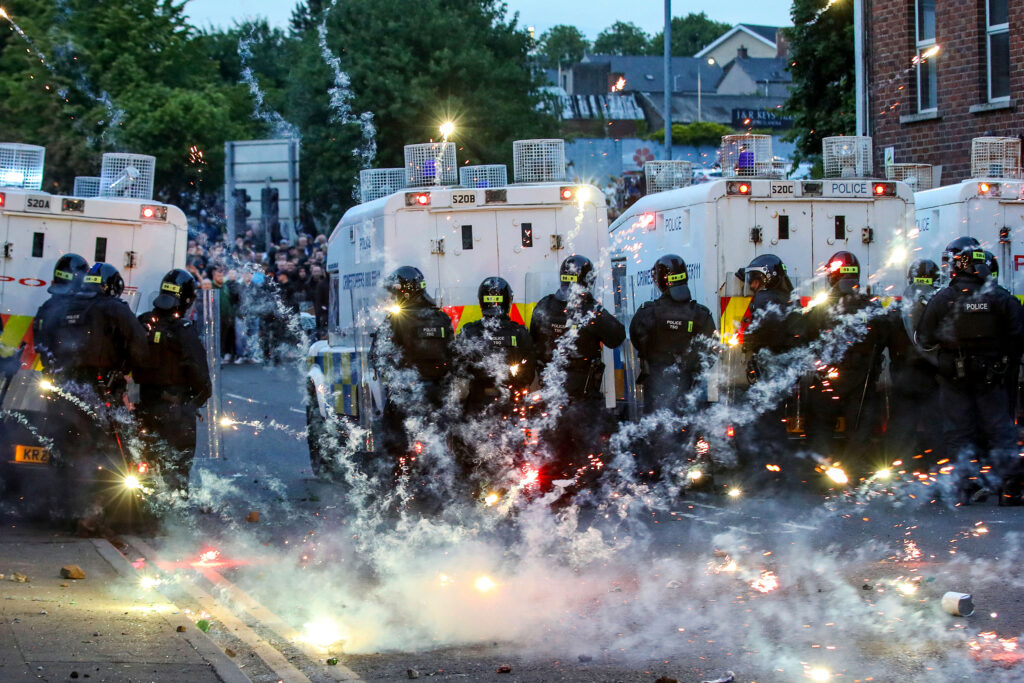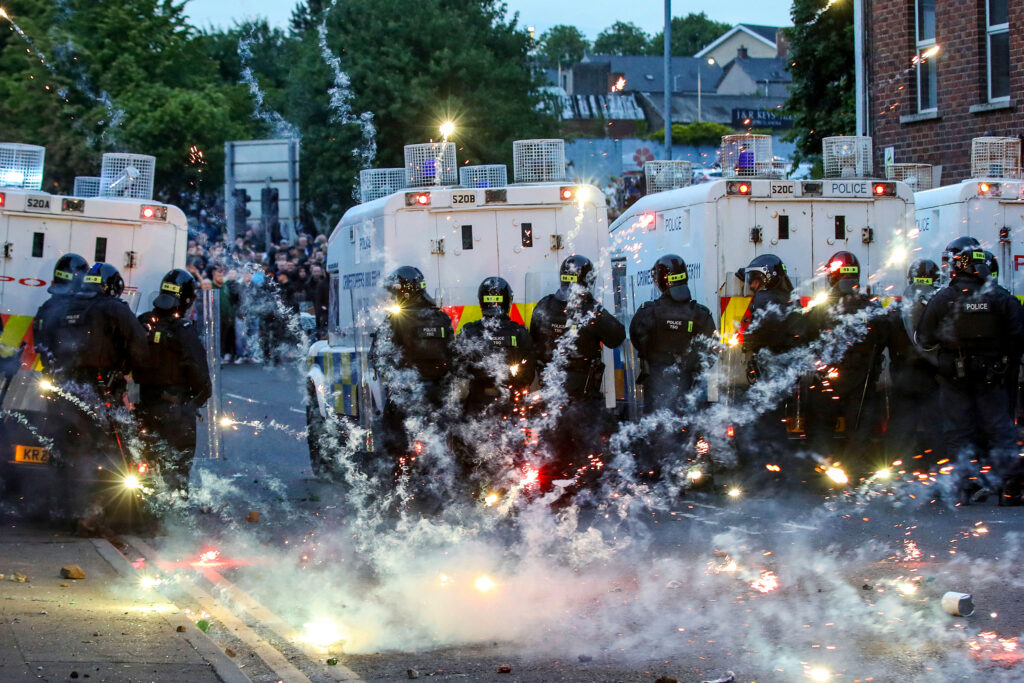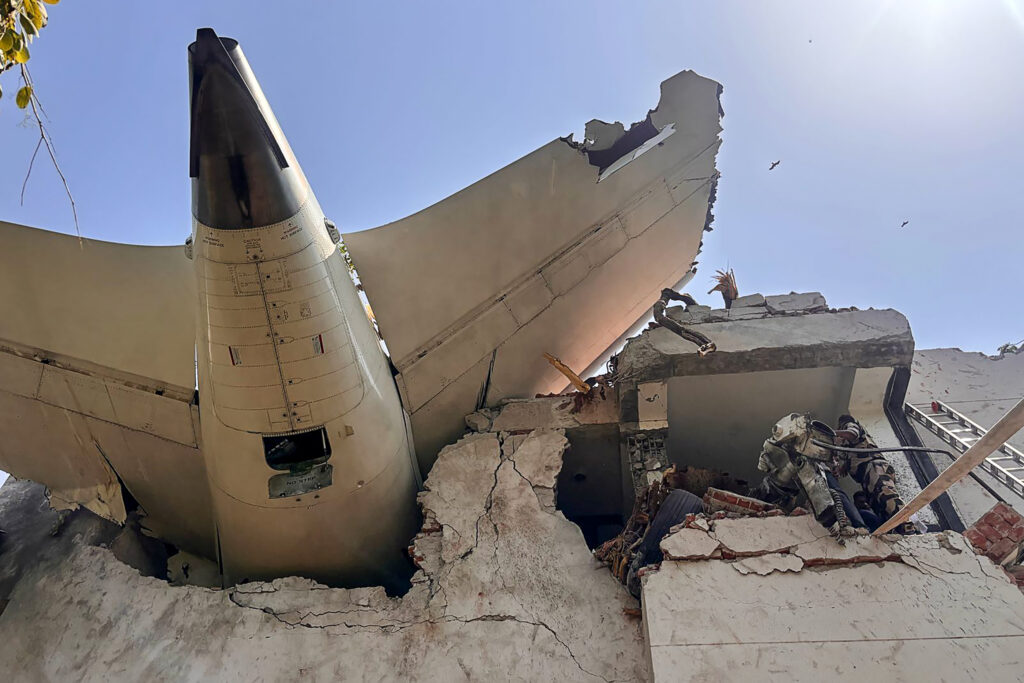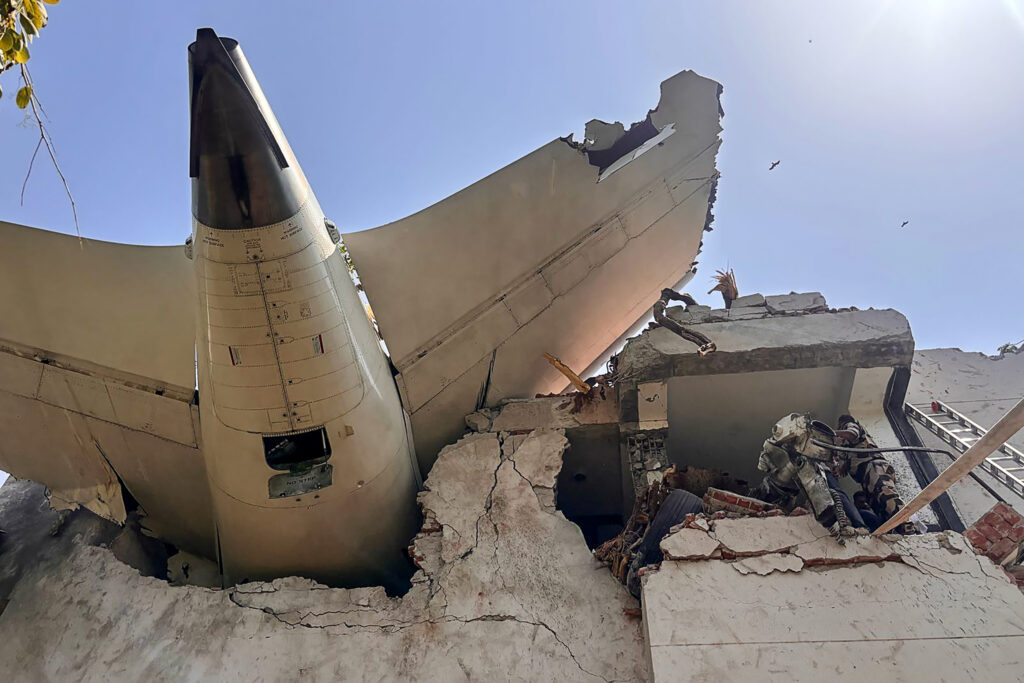Nucléaire: Trump veut croire en une solution diplomatique avec l’Iran
Donald Trump a assuré jeudi rester pleinement “engagé” en faveur d’une solution diplomatique sur le nucléaire iranien, au moment où la tension monte au Moyen-Orient par crainte d’une possible attaque israélienne imminente.Dans le même temps, l’Iran s’est dit déterminé à augmenter de manière “significative” sa production d’uranium enrichi, annonçant la prochaine construction d’un nouveau site d’enrichissement.Téhéran réagit ainsi à l’adoption jeudi par l’Agence internationale de l’énergie atomique (AIEA) d’une résolution le condamnant pour “non-respect” de ses obligations en matière nucléaire.”Tout mon gouvernement a reçu pour instruction de négocier avec l’Iran. Ils pourraient être un grand pays, mais d’abord ils doivent complètement abandonner l’espoir d’avoir l’arme nucléaire”, a affirmé le président américain sur son réseau Truth Social, en disant rester “engagé à régler de manière diplomatique la question du nucléaire iranien”.Auparavant, il a reconnu qu’une frappe israélienne contre l’Iran “pourrait très bien se produire”, et indiqué que le risque d’un “conflit massif” au Moyen-Orient avait conduit les Etats-Unis à réduire leur personnel diplomatique dans la région, en Irak notamment.Malgré tout, “nous sommes assez proches d’un bon accord” sur le nucléaire iranien.Interrogé sur ses discussions avec le Premier ministre israélien Benjamin Netanyahu, M. Trump a répondu: “Je ne veux pas qu’ils interviennent, parce que je pense que cela ferait tout capoter”.Selon des médias américains, dont le New York Times et NBC News, Israël semble préparer une attaque imminente contre l’Iran.”J’aimerais éviter le conflit. L’Iran va devoir négocier un peu plus durement, c’est-à-dire qu’il va devoir nous donner certaines choses qu’il n’est pas prêt à nous donner pour l’instant”, a encore affirmé Donald Trump.Un sixième cycle de négociations entre l’Iran et les Etats-Unis est prévu dimanche à Mascate sous médiation omanaise.- Escalade -Les Occidentaux et Israël accusent l’Iran de chercher à se doter de l’arme atomique, ce que Téhéran dément.Téhéran avait menacé mercredi de frapper les bases militaires américaines au Moyen-Orient en cas de conflit après un éventuel échec des négociations.”Si les pourparlers échouent, le risque d’une escalade militaire devient beaucoup plus immédiat”, estime Hamidreza Azizi, chercheur à l’Institut allemand des affaires internationales et de sécurité.L’enrichissement de l’uranium est la principale pierre d’achoppement dans ces discussions visant à encadrer le programme nucléaire iranien en échange d’une levée des lourdes sanctions imposées à l’Iran.Washington exige que l’Iran y renonce totalement, ce que Téhéran refuse, y voyant un droit “non négociable”.Selon le ministre iranien des Affaires étrangères Abbas Araghchi, la résolution de l’AIEA “ajoute à la complexité des discussions” avec Washington.L’Iran est le seul Etat non doté d’armes nucléaires à enrichir de l’uranium au niveau de 60%, selon l’AIEA, proche du seuil de 90% nécessaire à la fabrication d’une bombe atomique.Jeudi, les Affaires étrangères iraniennes et l’Organisation iranienne de l’énergie atomique (OIEA) ont annoncé que “les ordres nécessaires” avaient été donnés “pour lancer un nouveau centre d’enrichissement dans un endroit sécurisé”. Le chef de l’OIEA, Mohammad Eslami, a jugé “illégale” la résolution de l’AIEA, et souligné que son pays avait respecté ses engagements.Il a reconnu que l’Iran s’était affranchi de certaines obligations fixées par l’accord de 2015, après le retrait unilatéral américain en 2018, sous le premier mandat de Donald Trump.Israël a aussitôt appelé la communauté internationale à “une réponse décisive” contre l’Iran, dont les actes constituent selon lui “une menace imminente pour la sécurité et la stabilité” internationales.Israël a maintes fois menacé d’attaquer les sites nucléaires iraniens.L’Iran a averti qu’il répondrait à toute frappe israélienne en ciblant les “installations nucléaires secrètes” d’Israël.En octobre, l’Iran a lancé des centaines de missiles contre Israël, qui avait riposté.- “Retarder une confrontation” -L’Union européenne a appelé l’Iran à “éviter toute mesure qui contribuerait à une escalade”.La France a dénoncé “la poursuite assumée de l’escalade nucléaire de l’Iran” et l’Allemagne a appelé Téhéran à renoncer “de manière crédible” à tout projet d’armement nucléaire.”Bien qu’il soit possible que la démonstration de force des Etats-Unis et d’Israël soit destinée à créer une pression menant à une percée diplomatique, les enjeux sont très élevés et les deux parties semblent camper sur leurs positions”, a souligné Hamidreza Azizi.”Sans progrès sur les demandes essentielles, la diplomatie pourrait seulement retarder, et non prévenir, une confrontation”, a-t-il ajouté.
